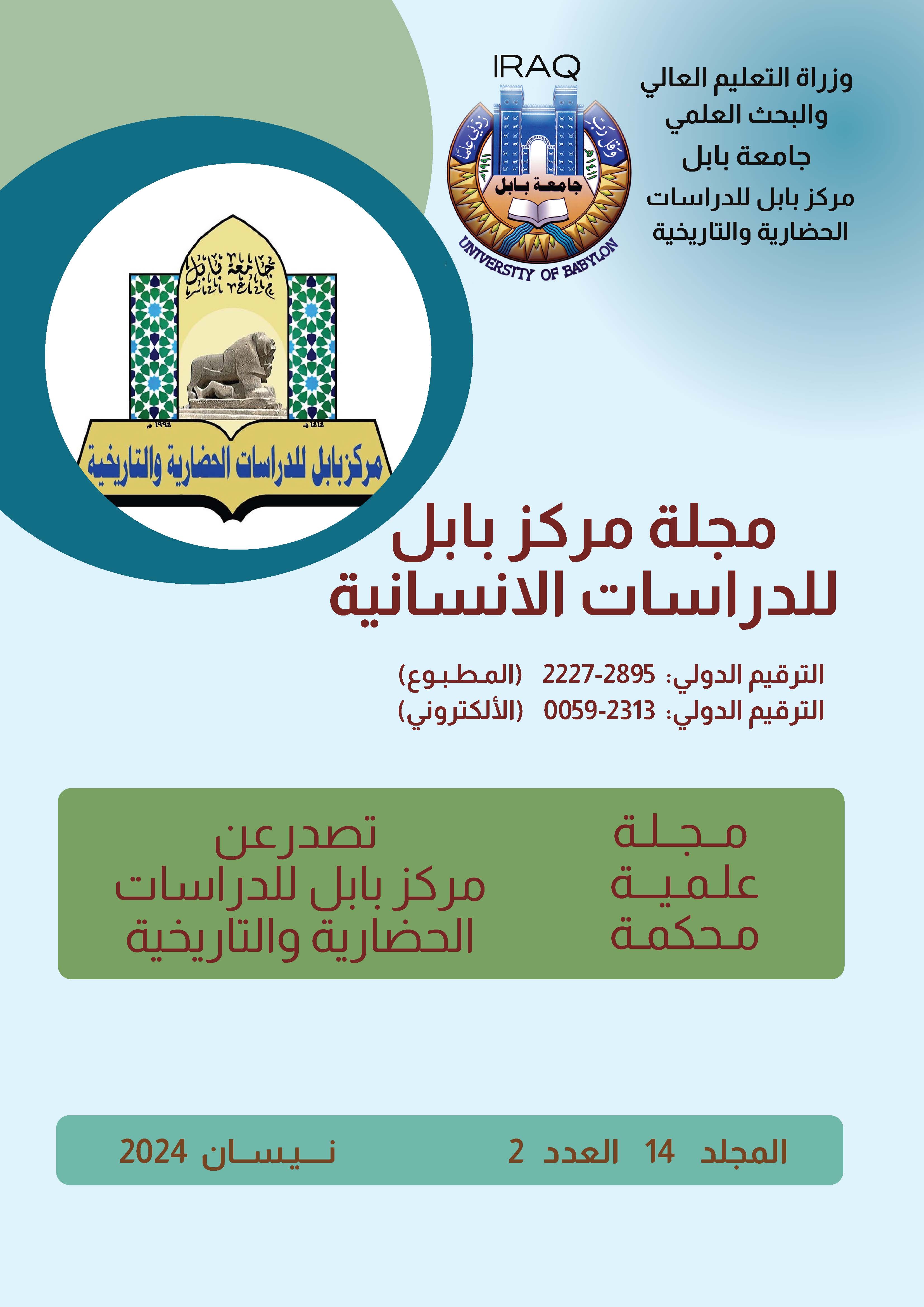Archaeological discoveries from The Jalairi era in the old city of Mosul
Keywords:
Mosul city, archaeological finds, Al-JalairiyunAbstract
The city of Mosul witnessed eras of backwardness and deprivation following the fall of the Abbasid Caliphate in the middle of the seventh century AH, the thirteenth century AD, and the resulting control of the invading foreign peoples represented by the Mongols, the Tatars, then the Ilkhanids, then the Jalayirids, then followed by the control of the Mongols of the Jalayirids, which led to eras of Underdevelopment and total destruction. For all types of life and its religious, civil, service, commercial, urban and architectural aspects of the city of Mosul, and hence the pioneering role of the residents of the city of Mosul, its scholars and its governors who embraced the Islamic religion in reviving this city despite the destruction it has witnessed for nearly a century, as its righteous scholars and sheikhs sought its men from The wealthy, the merchants, the people of goodness and righteousness, and those whose piety and loyalty to this city are proven. They built mosques and mosques, revived centers of knowledge, hadith and the Qur’an, and built shrines and shrines for the pure family of the Prophet and their shrines and shrines. They left behind rare buildings, monuments and finds that we do not find in other cities and capitals. Islamic Arabic was created by the artist Mosul with tireless efforts by the Sultans of the Jalayiriya family during the reign of Sultan Sheikh Hassan Buzurg, his son Sultan Uwais, and his sons Sultan Ahmed and Sultan Hussein, and its effects still remain until now. Clear to this day.







